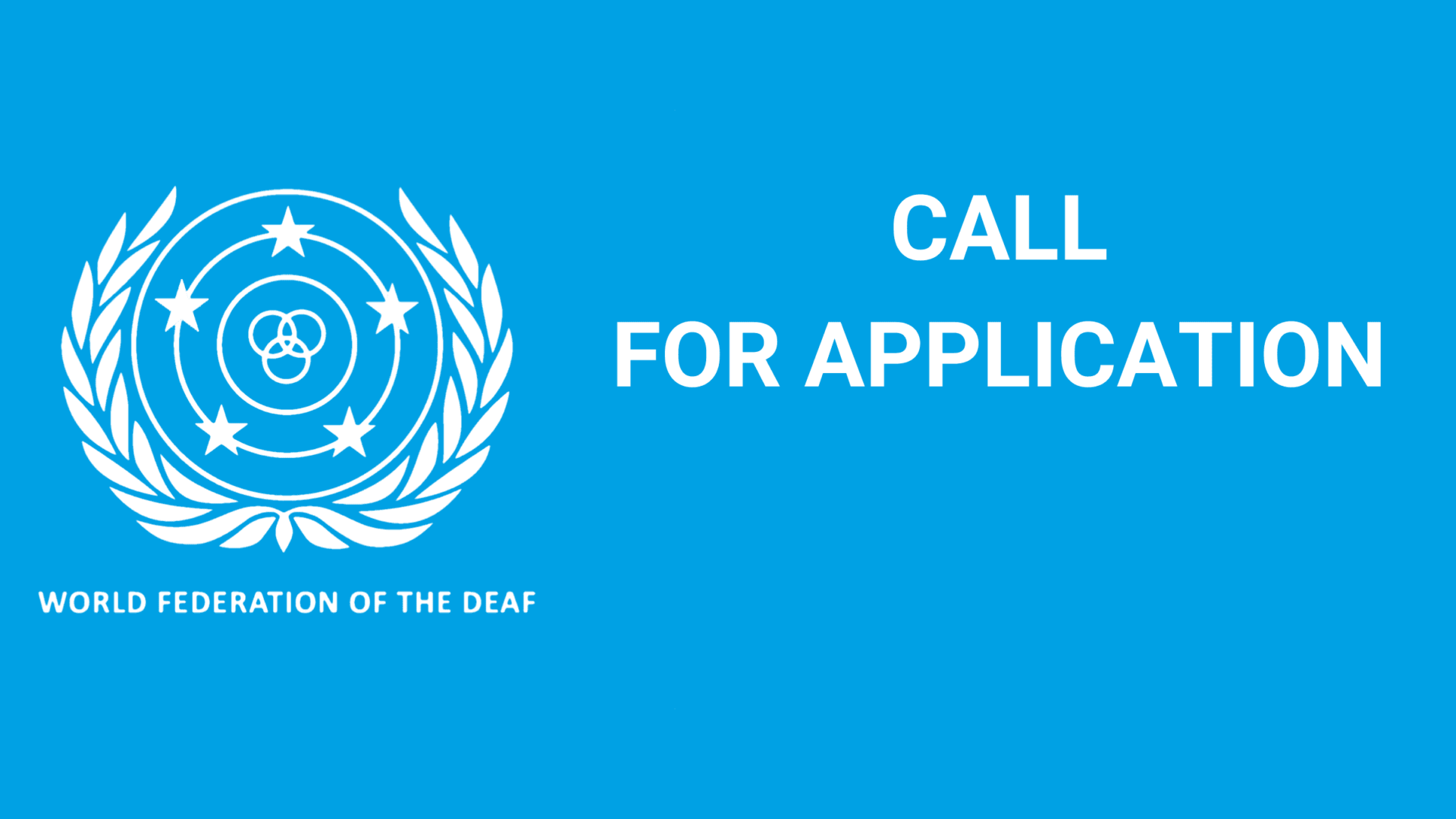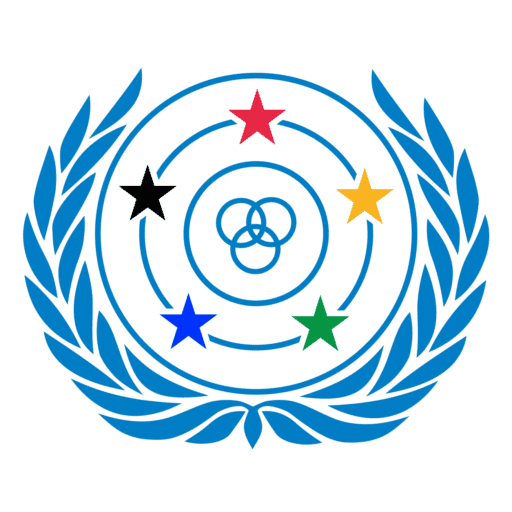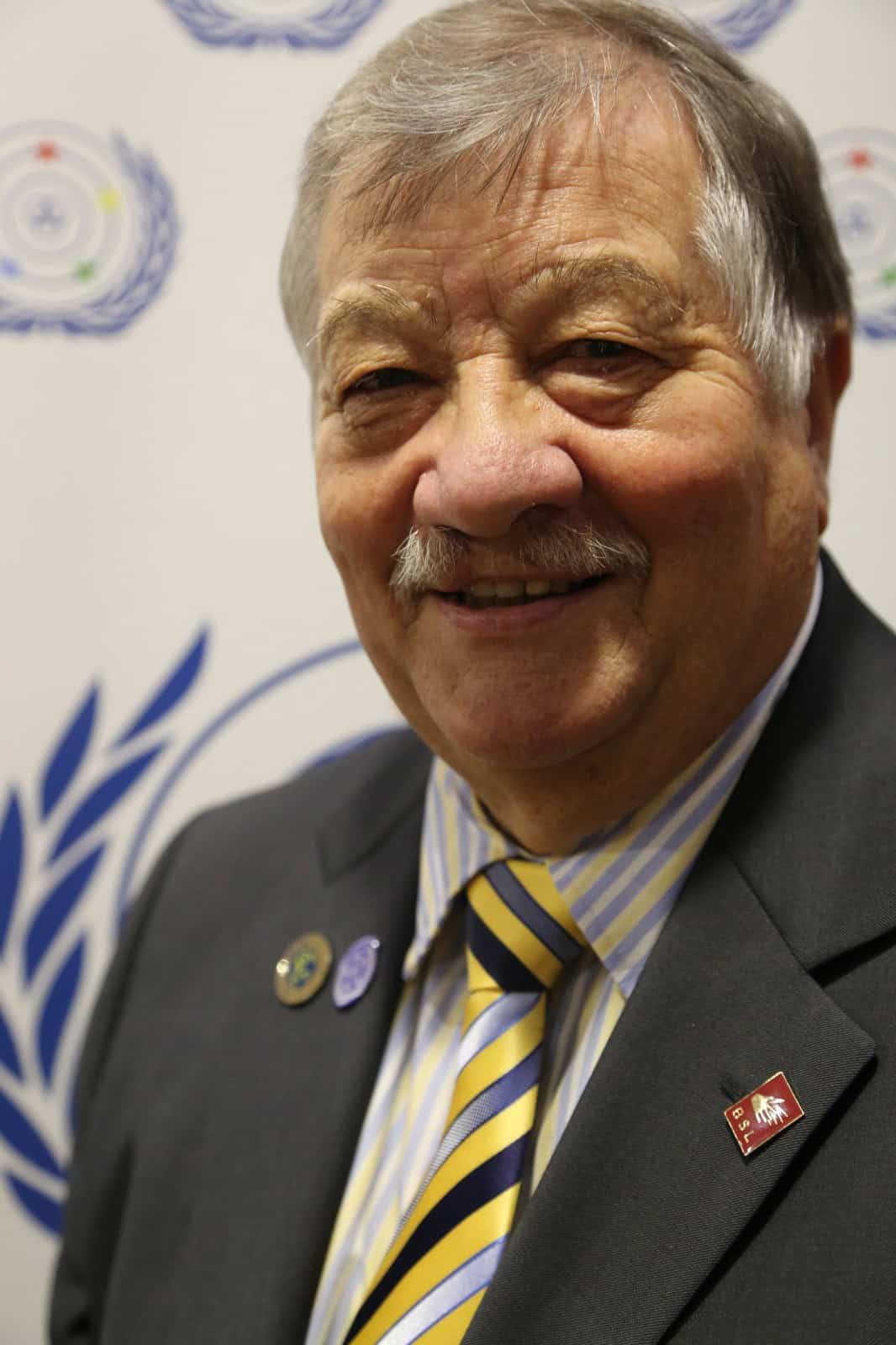WFD/EUD Conference in Ål, Norway
Dr. Joseph J. Murray
Participants from 21 different countries travelled to Ål, Norway for a conference on the theme of “Sign Languages as Endangered Languages”. Representatives from 14 National Associations of Deaf people were present, with a good percentage of these being represented by their Presidents.
As the conference proceeded over four days, it became clear that national sign languages have often flourished in specific institutions: schools for Deaf people. Historically, schools for Deaf children became sites for the development and transmission of sign languages, which in turn fostered the development of Deaf communities. But in the present day, educational institutions for deaf people are no longer sites for promotion of sign languages. Conference participants saw that new technological developments and the pedagogies associated with these developments may have the consequence of endangering the status of some countries’ national sign languages.
Some central themes emerged from four days of dialogue between academics, language policy experts, representatives from deaf associations, and deaf community members.
First, that there exists misinformation about the relationship between spoken and signed languages. A common myth is that Deaf children with cochlear implants must be placed in non-signing environments, since sign languages supposedly interfere with spoken language development. But as one presenter forcefully pointed out, there is absolutely no research which supports this myth. On the contrary, there is plentiful research which shows bilingualism is an asset. Giving children the opportunity to learn two or more languages promotes their language development. It is important Deaf associations, leaders, and academics call out those who would spread misinformation. It is up to us to promote accuracy in public and academic discourse about the relationship between spoken and sign languages.
Second, that there exists extremist educational methods which would not only deny deaf children the right to sign language, but also deny them the right to visual learning strategies. We need to question why any educational method would strip away from any human being the right to a natural means of communication. Do these educational methods violate the UN Convention on the Rights of the Child? Do they violate the human rights of Deaf children?
The conference also raised ideas on how sign languages can step away from the path of endangerment and instead flourish within society at large. Efforts to promote sign languages have often focused on national signed languages. But there exist other forms of signed languages, what researchers call “village sign languages”. These languages can be found in small communities, often geographically isolated, in which a genetic variant of deafness is common and families have both deaf and hearing members. These communities have existed at different times and locations in human history. In these communities, sign language is widespread as a community language used by both deaf and hearing people. If a signed language is accepted as an organic part of the community, as is the case with some village sign languages, then these sign languages are not endangered. The lesson conference participants drew is that national sign languages need to be understood as organic human languages, and not simply something that exist only for deaf people. In fact, one presenter made the point that sign languages foster cognitive development in its users. Sign languages have been shown to help reading development—in hearing children as well as deaf children. Through this, we see sign languages are a benefit for all humans.
Finally, conference attendees noted there are other ways to promote sign languages than our traditional reliance on educational institutions. Educational institutions have as a primary goal to teach deaf children, with the ultimate goal being to promote social inclusion, not a particular language. However, Language Policy Boards, or Language Planning Councils, have been emerging in different countries in the past years, with advisors or boards which focus on sign languages. These institutions have one primary objective: to promote sign languages. The work of these boards need to incorporate attitude planning—in society at large. These boards should spread awareness about the fact that sign languages are a collective good— that sign languages exist as a gain for all humanity.



